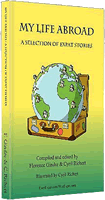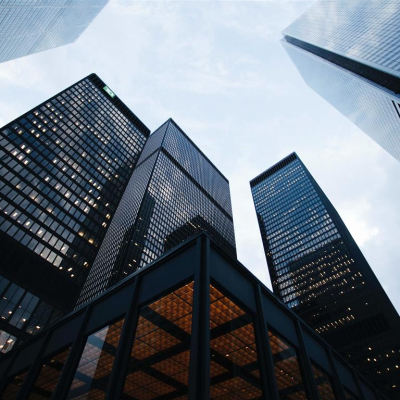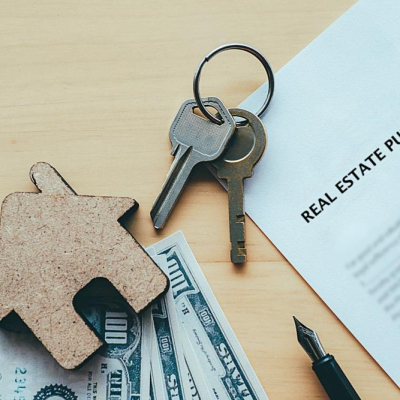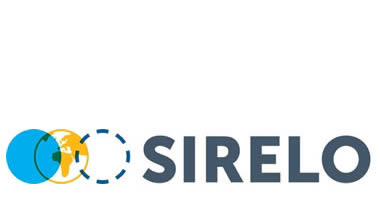The different districts of Bangkok

Bangkok is subdivided into 50 districts (khet), which are further subdivided into 169 khwaeng. Below you can find information about some of the different areas and notable districts.
Chao Phraya Riverside
This large waterway cuts right through the city and is the location of many older historic temples and palaces. It is also the setting for some of the many 5 star hotels. The river itself is a major commuter route. Visitors are advised to catch the regular commuter ferries when commuting or sightseeing as the cost is only in the area of 10% the cost of the structured tourist ferries. The trips on the river give one of the best views of the city which is totally flat with no elevated points from which to get an overview.
Chatuchak
Sometimes spelt by Thais as Jatujak, this is the largest market in this part of Asia. Some of the bookshops and florists are open 7 days, about half the exhibitors are open on Fridays to service the wholesale and export sectors but the 35 acre complex is best known as a weekend market. Crowded, congested, hot and confusing. It is a must visit for its special character and shopping experience. If one is lost easily in a maze, remember to take a fully charged and paid up cell phone and someone will come to find you. Several skytrain or underground stops in the vicinity although it is about 30 minutes from the main centre of town. For sensitive people, it is better to avoid the pet / animal section as one is confronted by the open trade in endangered species and factory bred pets.
Chidlom Ploenchit
This district represents the modern face of Bangkok with glitzy high rise office buildings, upscale apartments, foreign embassies and expensive shopping malls. High on chic and prestige, it is often an important locality for the many visitors who have a need to visit any one of the many embassies in the district.
Chinatown
For the adventurous, this district is located between Sukhimvit Road and the Chayo Phraya River with Yaowarat Road as its main access, and Hua Lampong MRT station nearby. When this city was in its major development phase in the 18th and 19th century , many Chinese were encouraged to migrate into Thailand to provide the human manpower as well as trading skills to grow the city's rapid development . It is estimated that 50% of Bangkok’s current population are descended from these migrants. The Chinese peoples of Bangkok have often inter married or completely assimilated, however in the city's Chinatown one could be forgiven for thinking one is in Southern China . Very narrow alleys, a cacophony of noise and a proliferation of gold shops. One of the more curiously named areas is “Thieves Market”. One can no longer repossess one's lost mobile phone as it is now claimed they no longer trade in stolen property, but there is a fascinating array of second hand goods and curios .
Don Meaung
Located 20 kilometres to the North and almost diagonally across the city from Suvarnabhumi, it is Bangkok's second and original international airport with a history dating back to 1924. Although much older than its successor to the south, seasoned travellers prefer its nostalgic and homely functional feel. Interestingly, one of the region’s most popular airlines, the Malaysian based Air Asia, has transferred their office base back to Don Meaung and all Air Asia flights now arrive and depart from Dong Meaung. Because of its past, the area has many good hotels , is served by a good highway and is a convenient access to the Lad Prao plus Chatuchak districts and the good network of domestic airline connections .
Khaosan Road
The most popular part of the city for much of the backpacker community. Inexpensive guest houses, second hand bookshops, cheap eateries are all here. The only minor drawback is that it is not linked to the main underground or skytrain systems. Buses are plentiful and regular, however. Khaosan Road is quite near the Victory Monument which is where the city bus system has its nerve centre and many buses leave from there for the popular beach resorts to the south. Also near Khao San Road is the “Old City”, home to the must visit group of palaces and historic buildings of Thai Royalty.
Pratunam
Not far from Siam shopping centre, this is an area of factory outlets, emporiums, street markets and the notorious Panthip Plaza (the mother of all IT centres with rock bottom prices). At the latter, there are several floors of copied electronic appliances and DVDs etc. An interesting sight, except for its dubious nature. Indra Square is a large complex where all the traders are Indian, food choices abound and the district is also home to Baiyoke Tower, rising 88 stories high as Thailand's tallest building.
Rattanakosin
This densely packed "Old Bangkok" area is the historic center of Bangkok. Many of Bangkok's "must see" sights are here including the Grand Palace and Wat Pho. The Skytrain and metro systems do not cover the area, so rely on taxis or boat.
Siam Square
The location of the biggest concentration of department stores radiating outwards from the Siam Paragon building. This area is an upmarket shopper’s paradise and easily accessed from Siam Skytrain station.
Silom
Incongruously Silom is both the main financial and banking centre and home to Patpong - which is the best known red light district of Bangkok . One supplies daytime activity while the other provides the night time excitement.
Suvarnaboumi
Say this city name without the final “i”, as Thais do not usually pronounce the final “i” vowel sound. This is the gateway to Bangkok, located 30 kilometres to the south east of the geographical centre. It is the site of a large modern airport handling 45 million passengers annually. There are no significant tourist attractions nearby and visitors who are not transiting or overnighting quickly make their way into the city proper. Opened in 2006, it is congested and at times chaotic but in spite of that, Thai immigration officials based there are usually polite and efficient. The commercial centre of Bangna is not far but that is mainly a convenient shopping destination for locals.
Sukhumvit
This name belongs to one of the longest roads in the world, important Bangkok district, and subway station. The road starts by the Cambodian border and runs through the Thai capital. The word Soi is one the visitor will constantly see and it generally means small side street. The very long Sukhumvit Road has countless Sois branching off.
Many modern shopping buildings are located in Sukhumvit district including the ultra-modern “Terminal 21” which features dozens of boutiques and inexpensive dining. It is very convenient to stop by this area for its well maintained and signed toilets on every floor, convenient dining with many different cuisines and for an easy meeting place. As a general rule, numbers in Thailand are not consecutive but in order of date of construction. Terminal 21 bypasses this convention. Nightlife consists of places such as Nana Entertainment Plaza and Soi Cowboy. Soi Cowboy is a night life area located near Nana Skytrain station. It is so named because the first bar was operated by a Stetson wearing man from the USA.
Complete list of Bangkok Districts
- Bang Bon
- Bang Kapi
- Bang Khae
- Bang Khen
- Bang Kho Laem
- Bang Khun Thian
- Bang Na
- Bang Phlat
- Bang Rak
- Bang Sue
- Bangkok Noi
- Bangkok Yai
- Bueng Kum
- Chatuchak
- Chom Thong
- Din Daeng
- Don Mueang
- Dusit
- Huai Khwang
- Khan Na Yao
- Khlong Sam Wa
- Khlong San
- Khlong Toei
- Lak Si
- Lat Krabang
- Lat Phrao
- Min Buri
- Nong Chok
- Nong Khaem
- Pathum Wan
- Phasi Charoen
- Phaya Thai
- Phra Khanong
- Phra Nakhon
- Pom Prap Sattru Phai
- Prawet
- Rat Burana
- Ratchathewi
- Sai Mai
- Samphanthawong
- Saphan Sung
- Sathon
- Suan Luang
- Taling Chan
- Thawi Watthana
- Thon Buri District
- Thung Khru
- Wang Thonglang
- Watthana
- Yan Nawa
By Hugh Cameron, a native of New Zealand and long-time expat in Asia. Find his writing, such as “FARANG - Why Americans and Europeans Have This Label in Thailand”, on American Expat in Chiang Mai.
- My Life Abroad -
A selection of expat stories

"A fun compulsive read!"
J. Matcham, Amazon
"I strongly advise people ready to live abroad to read this book!"
Patrice, Amazon

 The Ultimate Guide: Buying Real Estate as an Expat
The Ultimate Guide: Buying Real Estate as an Expat  Basics to Real Estate Investing for the Long Term
Basics to Real Estate Investing for the Long Term 
 AGS Worldwide Movers
AGS Worldwide Movers Fexco payment solutions
Fexco payment solutions 1stMove Car Shipping
1stMove Car Shipping